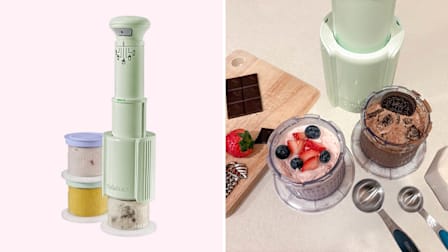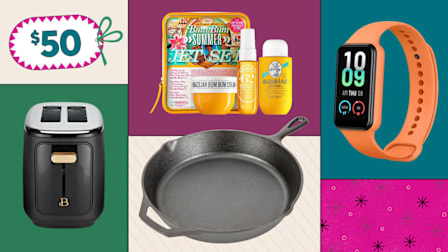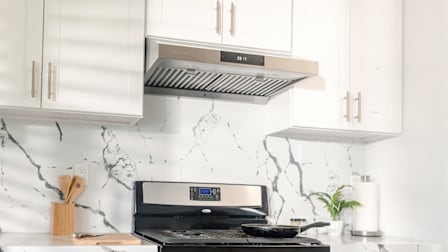Best Popcorn Machines
We made many cups of popcorn to find out which of the six models we tried—including ones from Dash and Presto—made the toastiest, tastiest, and fluffiest snack
When you shop through retailer links on our site, we may earn affiliate commissions. 100% of the fees we collect are used to support our nonprofit mission. Learn more.

Consumer Reports has tested bagged popcorn that contains only salt and oil as a fairly nutritional and healthy snack, and recently evaluated bagged buttered popcorn. A 2016 review of 45 studies linked eating whole grains (yes indeed, popcorn is just that) to a 22 percent reduction in cardiovascular disease.
But if you like to munch on popcorn regularly (my wife and I do, for sure), particularly to avoid the temptation of less kind-to-your-longevity chips (also check), eating prepackaged popcorn is a lot more expensive than making it yourself. Consider that one of CR’s favorite snack varieties from a recent taste test, LesserEvil Himalayan Gold Organic popcorn, will cost you about $4.19 a bag and contains 13.5 cups of popcorn.




















